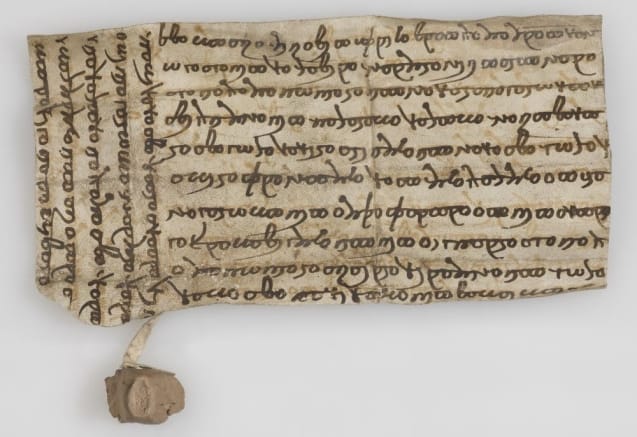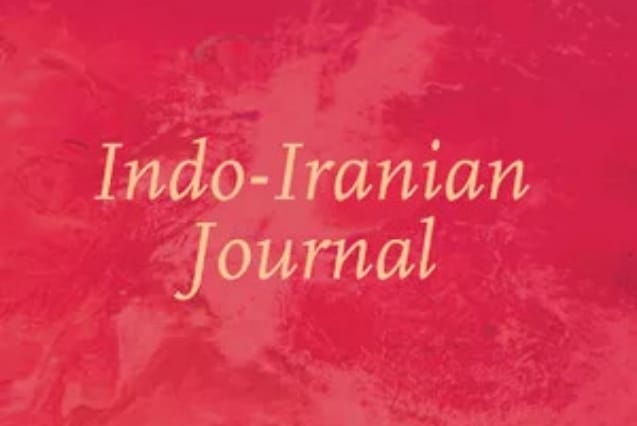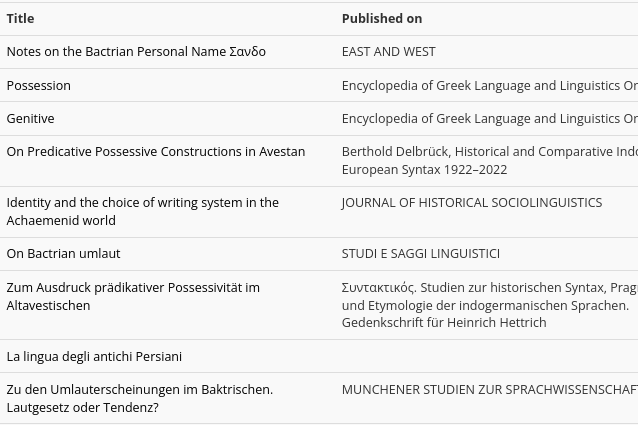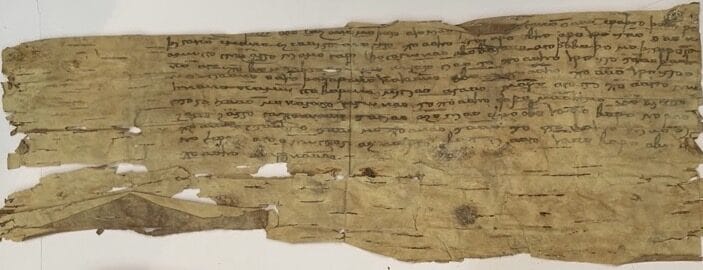Sims-Williams, Nicholas. 2025. Bactrian Documents IV: Documents from South of the Hindukush, I (Part II Inscriptions of the Seleucid and Parthian Periods and of Eastern Iran and Central Asia, Vol. VI Bactrian). London: Corpus Inscriptionum Iranicarum. With a contribution by Frantz Grenet.
Following on from the three volumes of Bactrian documents from Northern Afghanistan (BD1-3), the present volume primarily contains the edition of a collection of fourth-century letters written on birchbark in a place which cannot be located precisely but which was evidently somewhere to the south of the Hindukush, in what is now Southern Afghanistan or Pakistan. One eighth-century document written on parchment is also included on the grounds that it is also known to come from the south of Afghanistan , almost certainly from a place named Khesh between Bamiyan and Kabul.
From the preface
Readers of this blog will be familiar with Corpus Inscriptionum Iranicarum (CII) and the many volumes published in the series on inscriptions and documents in Iranian languages. The CII forms part of the academic infrastructure at SOAS, where it has its own page (linked above and here). A list of publications is provided below.
(more…)








